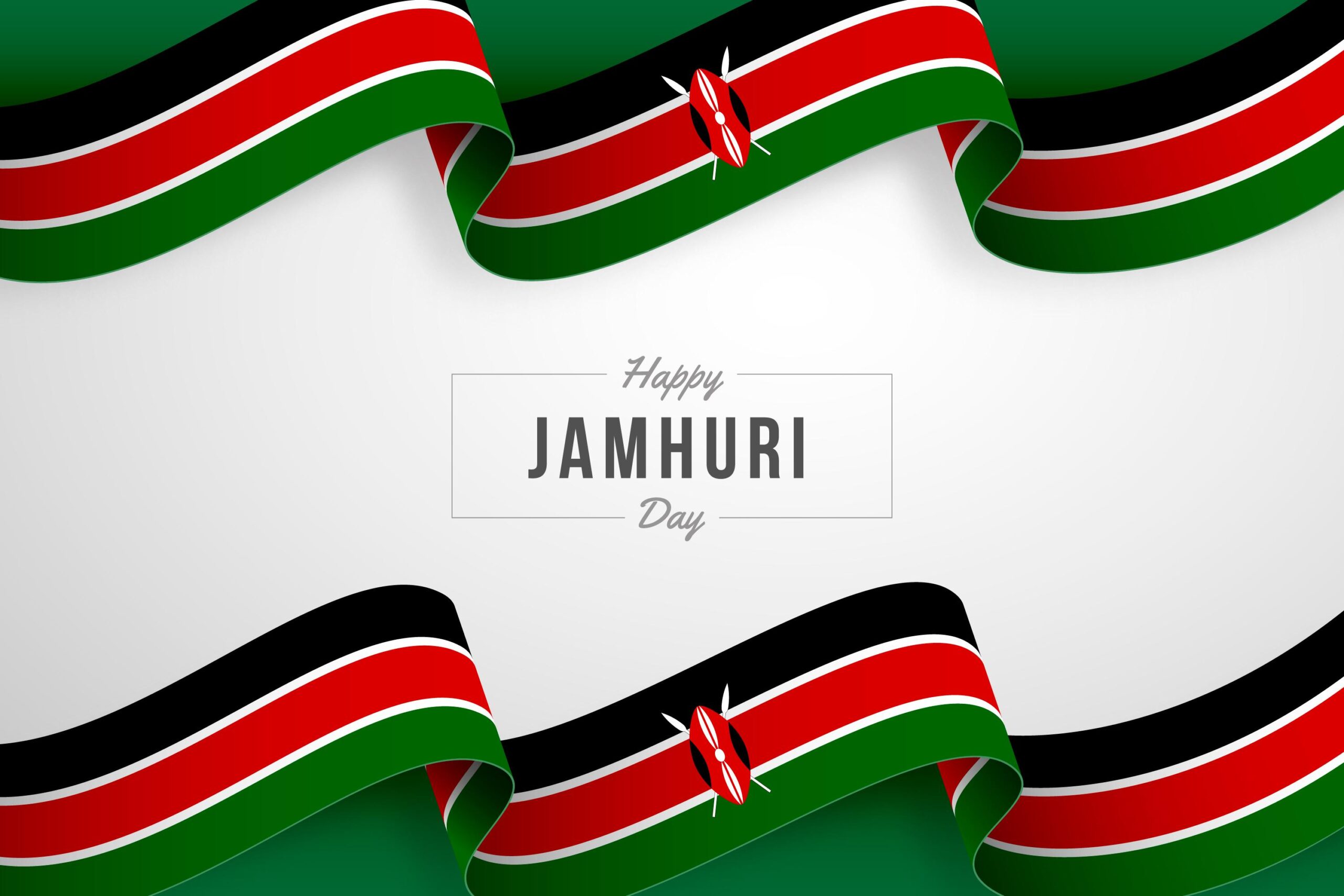All you need to know on vaginal tears in child birth
Childbirth is one of the most intensive and energy sapping experiences a woman undergoes. But baby coming out is not the only thing that happens during delivery. In the first
Childbirth is one of the most intensive and energy sapping experiences a woman undergoes. But baby coming out is not the only thing that happens during delivery. In the first of our two part series on vaginal tears, also known as perineal lacerations, we give you the low down on when, how and to what extent they occur.
As a new mother, exhilaration cannot even begin to explain the emotions that course through your veins when the nurse hands you your baby for the first time. Then in what seems like just seconds, in one swift move, your baby is whisked away, your legs are back on stir-ups and the doctor ‘goes back in’ for a little ‘house-keeping’. Of course the ‘house-keeping’ ranges for all mothers and while for some it is more of a simple wipe and an OKAY from the doctor, for others it may be as drastic as landing on a surgical table for an obstetric procedure.
Tears occur when a baby stretches the vagina to a point where the perineum – the tissue that lies below the vaginal opening and above the anus – strains, stretching to its breaking point. They are common in first time vaginal deliveries but can also occur in subsequent ones especially if one experienced a tear in their previous delivery.
They also occur in cases where a baby is big (weighing more than four kgs), when one pushes for a long time, has delivery through the use of forceps, or your baby is in breech position, that is, their head is facing upwards or when the distance between one’s vaginal opening and the anus is shorter than average.
Tears manifest in different ways and are categorized as follows:
Common tears
Intact tears: In this case, there is no injury to the genitalia and while it is sore, does not require stitches.
Grazes: Here, there are some splits or removal of some skin on the perineum, vagina or labia. They do not require stitches and heal with time.
First-degree tear: This is a small tear usually at the very base of the vaginal opening. It involves the top layer of the skin and a small amount of underlying tissue, but no muscle tissue. It does not require stitches unless your caregiver feels it is absolutely necessary and even then, they may be one or two.
Second-degree tear: This tear involves the vaginal skin, the underlying tissue and the pelvic floor muscles. It will require stitches to help the muscle rejoin and maintain effective functioning of the pelvic floor.
Vaginal wall tears: They occur when the inside of the vaginal walls split. They are common where forceps are used to guide the baby’s head in the right direction during childbirth. They can also happen if a birth is too fast or baby is larger than average. Sometimes the perineum is left intact, and the vagina looks uninjured from the outside, but the woman has tears inside the vagina so your caregiver needs to make a correct diagnosis of the same. Shallow tears usually heal by themselves but in the event they are deep or heavy bleeding occurs, then stitches will be required.
Rare tears
Third and fourth-degree tears: These extend through the vaginal skin, underlying tissue, pelvic floor muscles and the edge of the opening of the anus (with a fourth degree tear, it goes right through to the anus) and can be the cause of cumbersome fistulas. Both require specialised treatment from a qualified obstetrician.
Cervical tears: They occur inside the cervix when delivery is through the use of forceps, fast or the cervix is not fully dilated. They also form the commonest type of traumatic post delivery bleeding and require stitching under anaesthesia.
Periurethral tears: Tearing around the urethra or the opening through which urine passes occurs when there is a sudden extension of the fetal head at the time of delivery. It is important for your caregiver to press gently on the fetal head at the time of delivery and guide it to a slow and gradual extension at the time of birth. It’s a common culprit as well to profuse bleeding as it’s surrounded by a lot of blood vessels.
In the next issue we will tackle on ways to reduce tearing and some home-based remedies to ease your healing process once at home.




